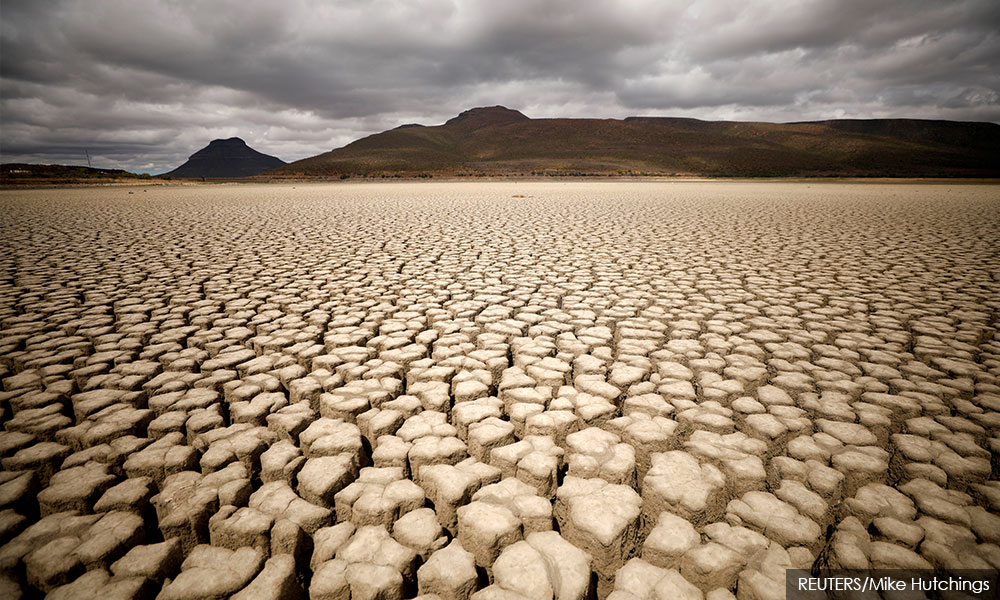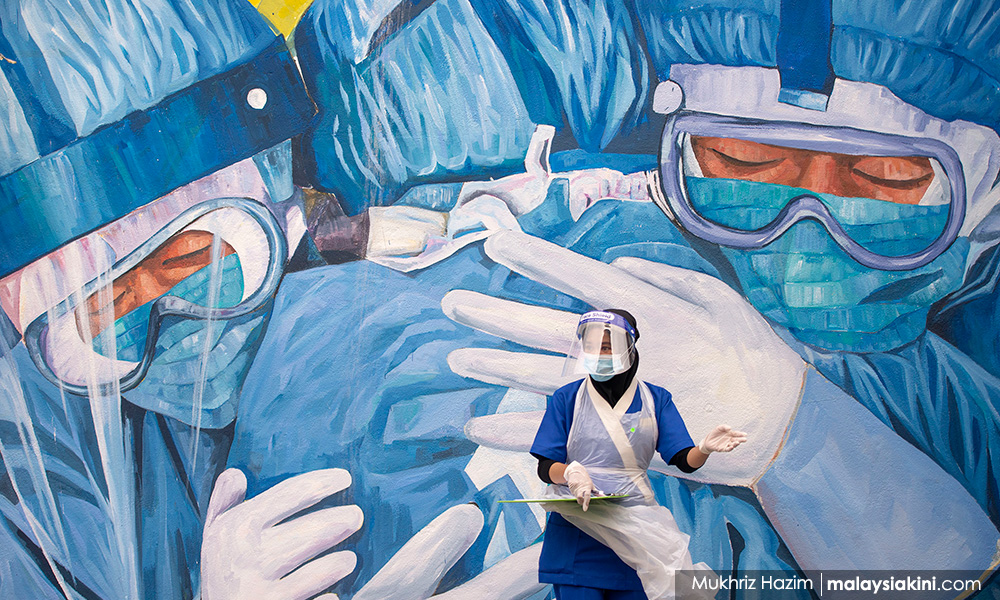COMMENT | The United Nations released the most significant global report on the physical science of climate change to date on Aug 9. A total of 234 scientists and government representatives from 195 countries comprising the Intergovernmental Panel on Climate Change (IPCC) have told us how the world’s climate responds to human actions.
We have less than 10 years to make radical changes. Here is how it affects Southeast Asia and some measures we can take to manage the risks of global warming, even as we face down the pandemic.
Climate change is no longer theory; we can see it and feel it. The past six years have been the hottest on record. Extreme weather events are happening with greater frequency around the world: droughts, heatwaves, wildfires, floods and superstorms.
The IPCC report reveals that due to climate change, Southeast Asia has already experienced hot extremes, less frequent but increased rainfall, fewer but more extreme tropical cyclones and agricultural and ecological droughts. Our region may not warm up as much as the rest of the world, but warming will further increase rainfall, river flood levels, monsoon wetness and impact coastlines due to sea-level rise.
For the world as a whole, warming has irreversibly set in motion up to half-a-metre sea-level rise by 2100 and two to three metres over the next 2,000 years. Ocean acidification will affect coastal and marine ecosystems and seafood supply.
We can expect more extreme events, such as simultaneous heatwaves and droughts. Tipping point - a critical threshold beyond which a climate system reorganises, often abruptly and/or irreversibly - could occur with Amazon deforestation, the Greenland ice sheet melting and the weakening of the North Atlantic circulation system.

The race is on to limit the average global temperature increase by 1.5ºC above pre-industrial levels. This means “strong, rapid, and sustained reductions” in planet-warming greenhouse gas emissions (GHGs) – especially carbon dioxide – from burning fossil fuels, deforestation and other human activities.
The goal is to reach net-zero emissions as soon as possible in order to limit warming to 1.5ºC. Current warming puts us at 1.1ºC. We are likely to hit 1.5ºC warming by the early 2030s. However, existing pledges by governments will only deliver 2.4-2.9ºC by 2100. Extreme rainfall intensifies by seven percent for each additional 1ºC.
The IPCC recently indicated that emissions would need to be cut by around 45 percent by 2030 compared to 2010. Its new report sets out a carbon budget that would give us the best chance of stabilising at 1.5ºC warming, but at current emissions, we could exhaust this before 2028. Furthermore, most of this carbon budget would be consumed by richer industrialised nations which have historically occupied most of our atmospheric space. We face a critical decade to take action amidst growing threats.
We are the generation that will have to end a global pandemic while saving billions of people from the climate crisis. Both of these battles will be fought on the basis of science and governments putting in place effective policies. We will have to overcome inequitable impacts and access to resources.
Rich countries possess both the technologies and means to support global solutions – think of vaccines and renewable energy. Many poor countries will suffer the worst consequences of both the pandemic and climate change, and are ill-equipped to adapt or recover – think of countries in central Africa or Southeast Asia suffering extreme weather and vaccine shortages.

Vaccine hoarding amidst the pandemic has provided a disappointing lesson in how countries with means will take care of themselves at the expense of others. Global solidarity is needed to ensure that the climate crisis will not be every nation for itself.
The most prudent course would be to embrace both pessimism and optimism, and work towards both alternatives with healthy scepticism towards false solutions.
Optimism means supporting global efforts to reduce emissions, both in Malaysia and in those countries that have historically polluted the atmosphere the most. These can be ‘green new deals’ that generate economic opportunities out of a just transition to climate-friendly industries. However, unless technology and finance flow to developing countries, green new deals will be a policy privilege of developed countries. If poorer nations do not have access to these resources to clean their development pathway, then, just like vaccines, rich nations will not be safe from climate change.
Pessimism involves preparing adaptation measures to protect the most vulnerable at home in the event that climate targets are missed, as well as from irreversible changes set in motion, such as sea-level rise. This means building resilience in communities at risk of extreme weather events, such as floods and drought, sea-level rise and declining agricultural fertility.
Scepticism means avoiding false solutions, such as efforts by developed countries to pursue ‘net zero’ by buying up carbon sinks in developing countries. These delay rapid reductions in developed country emissions with schemes that risk fuelling land inequality in poorer countries as richer players buy up tracts of nature and trade emissions.
Popular with large corporations and rich countries, false net-zero offers a new way to ‘pay to pollute’ instead of genuinely greening economies. A 2017 study found that just 100 companies are responsible for 71 percent of global emissions. There will be no climate solution that does not involve a fundamental transformation of industries.
In this change lies opportunity. Getting this decade right will involve a deep green transformation of work, government, society and the equitable sharing of technology, resources and atmospheric space.
YIN SHAO LOONG is a senior research associate at the Khazanah Research Institute.
The views expressed here are those of the author/contributor and do not necessarily represent the views of Malaysiakini.

